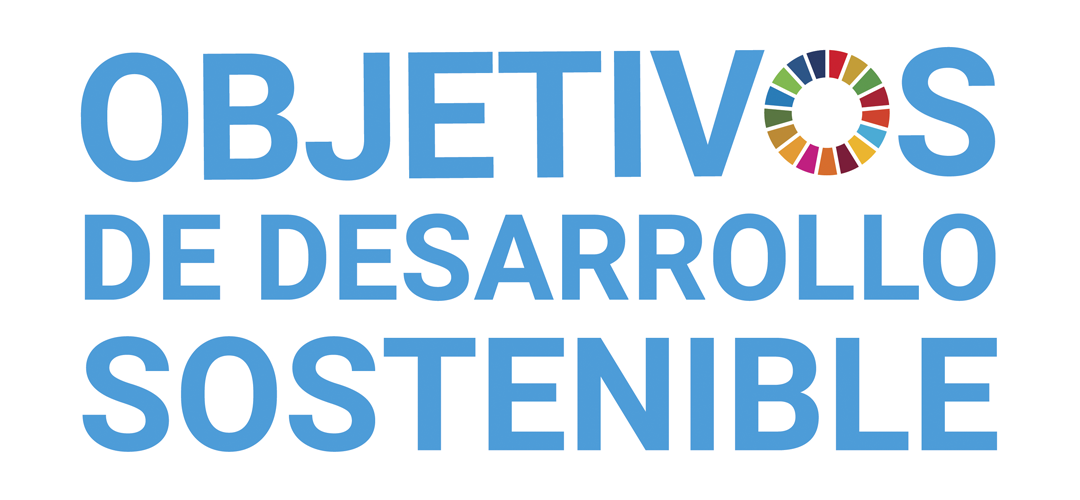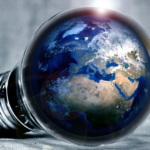Energy use is one of the root causes of climate change. It accounts for about 60% of global greenhouse gas emissions. However, important steps are being taken to reverse this situation and achieve human development that does not endanger life on the planet. Here we explain what sustainable development is and how it is linked to energy use.
In addition, we present the Sustainable Development Goals proposed by the United Nations for 2030. Specifically, by focusing on those aimed at guaranteeing affordable and non-polluting energy. We analyze these essential issues for the care of the environment and what is the situation in Guatemala with respect to them.
What is sustainable development?
It is development that meets the needs of the present without compromising the capacity of future generations. It also ensures a balance between economic growth, environmental care and social welfare (Global Sustainability, n.d.).
Sustainable development has many benefits, among them:
- It reactivates economic development, mainly in impoverished countries, without compromising natural resources.
- It meets essential human needs (food, energy, education, sanitation…).
- Conserve and improve the resource base used in human activities.
- It reorients technology, paying attention to environmental factors and adapting innovations to the socioeconomic conditions of impoverished countries (Click to Action, 2019).
Sustainable development and energy
Sustainable energy development must reconcile the needs of economic growth and human development with environmental requirements. It must also involve governments, companies and civil society.
The use of clean and renewable energies offers many advantages, because it helps reduce greenhouse gas emissions, avoids the use of fossil fuels and does not generate polluting waste. On the other hand, it facilitates bringing electricity to remote communities in an accessible way. It also reduces pollution-related diseases.
Economically, it leads to more competitive prices and lower rates for some services (such as electricity, water and gas). It also generates jobs directly and indirectly. Renewable technologies, especially photovoltaics, can already compete with fossil fuel-based generation sources.
What are the Sustainable Development Goals (SDGs)?
After discussing what sustainable development is, it is worth taking a closer look at a tool designed to achieve it. This was proposed by the United Nations and assumed at a global level, with particular approaches in each country. We talked about the Sustainable Development Goals (SDGs).
In 2015, the UN agreed on the 2030 Development Agenda. It contains 17 objectives and 169 goals of universal application, taking into account the reality of each country (United Nations Guatemala, n.d.). The SDGs seek to achieve the following goals:
- The eradication of poverty and hunger, guaranteeing a healthy life.
- Universalize access to basic services, such as water, sanitation and sustainable energy.
- Support the generation of development opportunities through inclusive education and decent work.
- Foster innovation and resilient infrastructures, creating communities and cities capable of producing and consuming sustainably.
- Reducing inequalities in the world, especially gender inequalities.
- Caring for the environment, combating climate change and protecting the oceans and terrestrial ecosystems.
The SDGs and energy
Of the 17 SDGs, several are directly or indirectly related to energy and its sustainable use. The one that makes direct reference to this topic is number 7: “Affordable and non-polluting energy”. It aims to ensure access to safe, sustainable and modern energy for all.
Other objectives implicitly include energy efficiency. Such as the one that promotes building resilient infrastructure, supporting sustainable industrialization and innovation. In this case, the good use of energy would be framed in the business environment. Linked to this is an objective that encourages responsible production and consumption: both activities include energy use in industry and at the individual level.
One area where sustainable energy use is important is cities. The goal of achieving sustainable communities implicitly requires energy efficiency. And, of course, the objective of adopting urgent measures to combat climate change and its effects includes the use of renewable energies and the reduction of polluting gas emissions.
Two other objectives that are affected by the use of energies are those that promote the conservation of underwater life and terrestrial ecosystems. In both cases, much of the pollution comes from unsustainable use of energy resources.
Finally, the SDG, which seeks to generate alliances to achieve the goals, contemplates global partnerships to generate energy efficiency, reduce the use of non-renewable energies and focus on the use of clean energies (Ecured, n.d.).
Goal 7: Affordable and Clean Energy
Now that you know what sustainable development is, it is clear to you how important it is to have affordable, non-polluting energy. Data shows the urgency of this; for example, more than 40% of the world’s population, 3 billion people, depend on polluting and unhealthy fuels for cooking (UNDP Guatemala, n.d.).
As we said, goal number 7 refers to ensuring access to affordable, reliable, sustainable and modern energy for all. In addition, it addresses the need to increase energy from renewable sources and promotes energy efficiency technologies (SotySolar, 2021).
To achieve SDG7 by 2030, it is necessary to invest in renewable energies (such as solar, wind and thermal) and improve energy productivity. Infrastructure must be expanded and technology improved (UNDP Guatemala, n.d.).
The following are the specific goals adopted in the country and the way in which their achievement will be assessed.
Goals assumed by Guatemala and their indicators
- Ensure universal access to affordable, reliable and modern energy services. The degree of achievement will be assessed by calculating the proportion of the population with access to electricity and the proportion of those who use clean fuels and technologies as their primary energy source.
- Significantly increase the share of renewable energy in the energy mix. It will be evaluated by the proportion of renewable energy in the final energy consumption.
- Double the global rate of energy efficiency improvement. Energy intensity measured in terms of primary energy and GDP will be assessed.
- Increase international cooperation to facilitate access to clean energy research and technology. This includes renewable sources, energy efficiency, and advanced and cleaner fossil fuel technologies. Cooperation between countries also serves to encourage investment in energy infrastructure and clean technologies. The indicator in Guatemala is the amount (in US dollars) mobilized per year starting in 2020, as part of its commitment to provide the country with 100 billion.
- Expand infrastructure and improve technology to provide modern and sustainable energy services. The Guatemalan indicator is investments in energy efficiency as a percentage of GDP and of the amount of foreign investment for sustainable infrastructure and technology (United Nations Guatemala, 2021; Segeplán, 2016).
In short, we can say that sustainable development necessarily includes an efficient use of energy. The Sustainable Development Goals focused on promoting energy sustainability are an effective tool to contribute to well-being, protect the environment and address climate change (United Nations Guatemala, n.d.).






